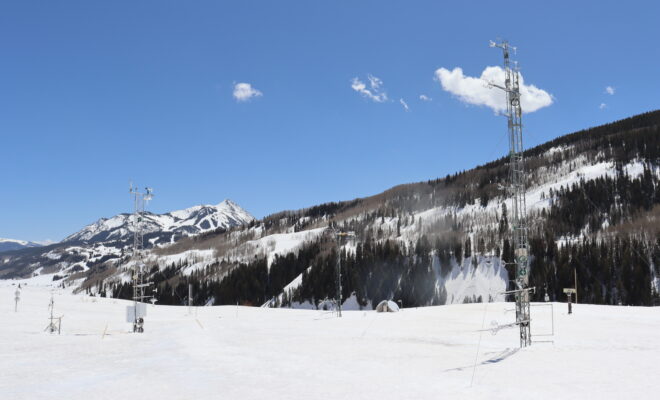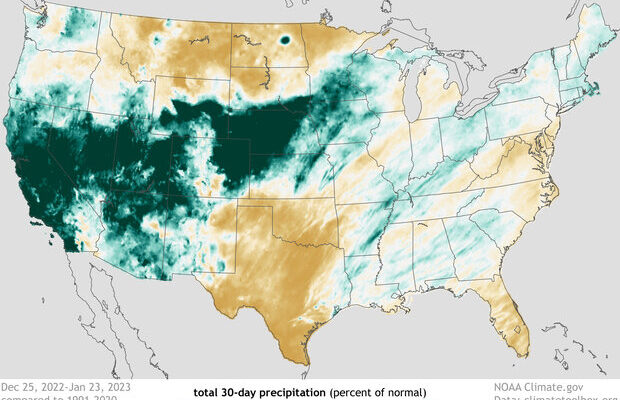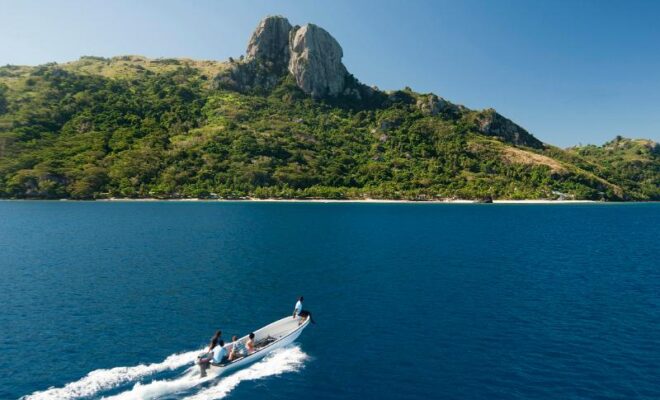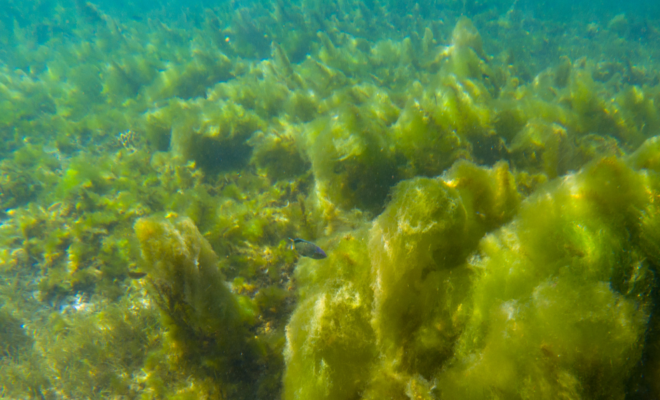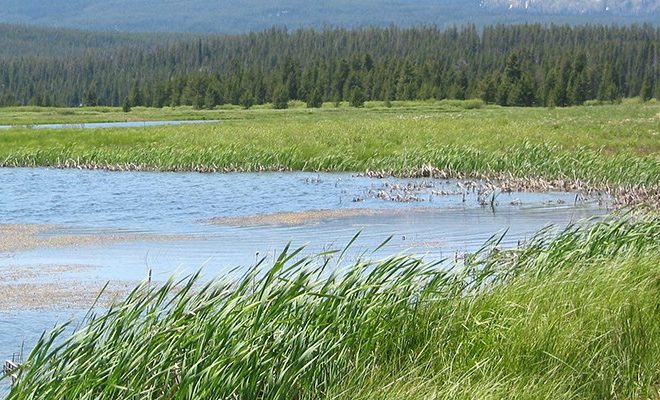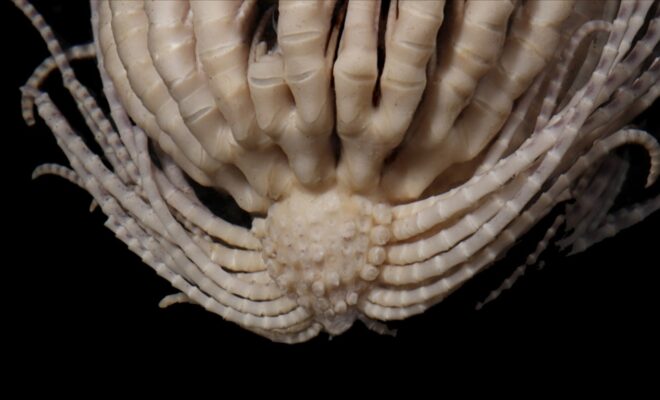How Technology and Artificial Intelligence are Bolstering the Battle Against Wildfires
1/14/2024 - By Mark Hillsdon January 2 - From satellites that can pinpoint the first signs of a wildfire from hundreds of miles away in space, to algorithms that predict how and where a blaze could spread, technology is now in the frontline in the fight against wildfires. In the past few… SEE MORE


